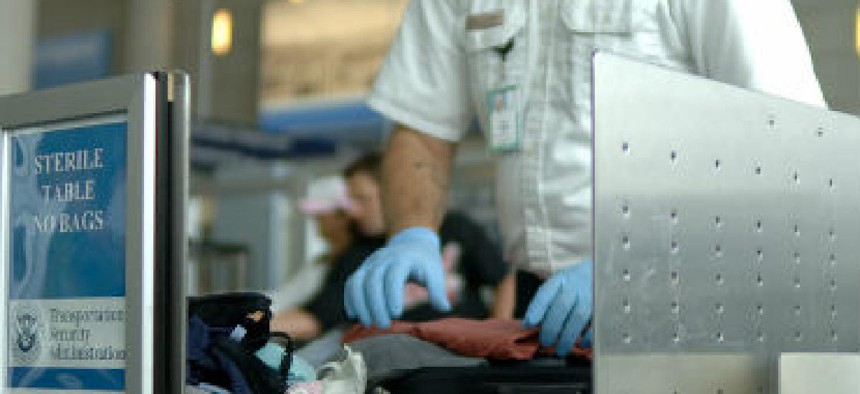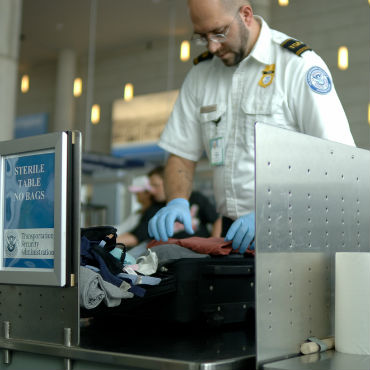TSA wants to link alarms with CCTV

Improving the interoperability of first responders' radio systems was also among the recommendations in a report written in response to the killing of a TSA officer last fall at LAX.

Photo by Carolina K. Smith MD / Shutterstock.com
Connecting alarm systems with closed circuit TV cameras is one of the security changes the Transportation Security Administration has recommended in response to the fatal shooting of one of its employees at Los Angeles International Airport last November.
The effort was among more than a dozen rapidly deployable security recommendations the agency listed in its March 26 report on airport security. The study was prompted by a shooting rampage at LAX that claimed the life of 39-year-old Transportation Security Officer Gerardo Hernandez and wounded two other TSA employees. Hernandez was the agency's first officer to die in the line of duty.
The agency recommended installing more alarms at all of its airport security checkpoints and connecting those alarms to airports' CCTV systems, which would allow authorities to track disturbances more easily and provide the option of automatically focusing CCTV coverage on an area where an alarm has been activated, the report states.
"The linkage between duress alarms and CCTV systems is a low-cost and feasible option where sophisticated CCTV systems are already in place," the report states. Because airport CCTV systems vary in sophistication, those with simpler systems "may have to rely on a manual match between the CCTV camera list and the alarm system."
"Whether through a technological or manual solution, creating these linkages will greatly enhance the ability of the airport operator to have a 'real time' visual of the area where a duress alarm is activated," the report states.
TSA officials also recommended increasing the law enforcement presence at airport security, providing more training for employees in how to respond to active-shooter situations, reinforcing emergency procedures and conducting more security briefings.
Another report on the incident released March 18 by airport operator Los Angeles World Airports said poor interoperability among emergency responders' radio systems complicated the response.
The interoperability issue drew the attention of the ranking member of the House Homeland Security Committee. Rep. Bennie Thompson (D-Miss.) welcomed TSA's recommendations but said in a March 26 statement that he had "lingering concerns about the ability of TSA personnel to communicate with first responders during emergencies. As we learned last week from the Los Angeles World Airports report, first responders could still not effectively communicate on the day of the shooting, despite the investment of $13 billion since 9/11 towards achieving interoperable communications capabilities."
According to LAWA's report, even though local police and fire departments have worked to create a regional radio network, emergency responders' radio systems suffered from spotty interoperability during the incident.
The radio trunk talk group set up by the Los Angeles Airport Police Division to support emergency communications at the facility was not sufficient to support the traffic generated by the large numbers of responders, the report states. The lack of interoperable communications stalled creation of a central command post for almost an hour.
The report recommends that the airport police join the Los Angeles Regional Interoperable Communications System, which is creating a regional radio network for first responders.


